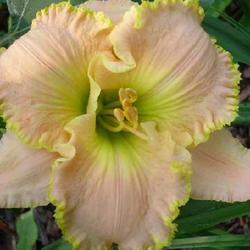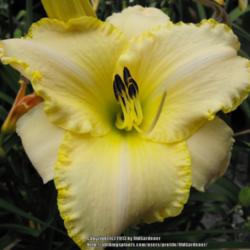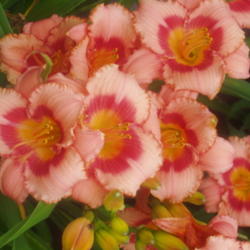Maurice, I was looking at the National Gardening Assoc. plant database, trying to find daylilies that are late bloomers and only got 1 or 2 varieties. When I did the same search using the American Daylily Society database, which you linked to above, I got 2,958 hits, so the ADS must have a more robust search function.
@nancyindg
I think that NGA uses the joining rule "and" when two characteristics are requested of the same type. So searching for late and very late on NGA means the daylily information has to indicate that it flowers both late and very late.
For the AHS/ADS registration database I think the search joining rule is "or" when two characteristics are requested of the same type. So searching for late bloom and very late bloom finds all the daylilies that were registered as flowering late and all the daylilies that were registered as flowering very late. That number is 2958 for late and very late. For late alone it is 2439 and for very late alone it is 519. The sum of those two numbers is 2958.
Going back to the NGA search. A search for late bloom only produced 2376. A search for very late bloom only produced 515. The sum of those two numbers is 2891. A search for both late bloom and very late bloom at the same time produced only 1.
I have not investigated why the two totals of 2958 (AHS/ADS) and 2891 (NGA) are different.


